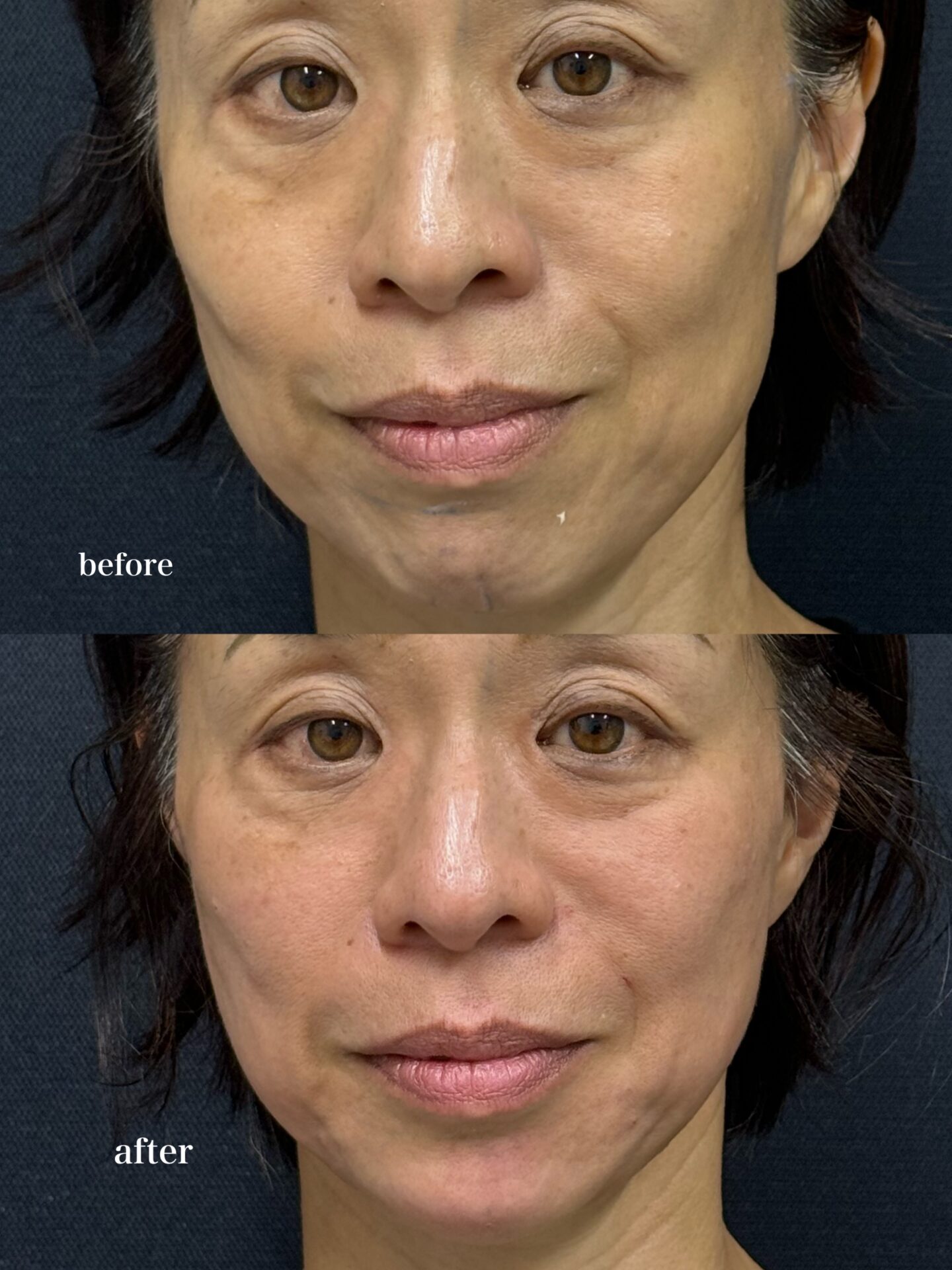
Importance of Clean Hyaluronic Acid Care
What is Hyaluronic Acid? Basic Knowledge
Hyaluronic acid is a substance that adds volume to the skin. It is biocompatible and naturally dissolves over time. The longevity of hyaluronic acid varies depending on the type of filler, ranging from six months to three years.
Key Points for Maintaining Clean Hyaluronic Acid Care
To ensure the safety and cleanliness of hyaluronic acid treatment, focus on three key areas:
Sterility of the filler – Use trusted products and always use a freshly opened vial. Ensure the filler is hygienically managed and from a reputable source.
Cleanliness during treatment – Remove makeup before the procedure and ensure proper disinfection. Be careful not to let the needle touch hair or unsterilized areas.
Post-treatment hygiene – Avoid makeup until the needle entry points fully close and handle the treated area gently.
How Cleanliness Affects Treatment Results
Maintaining hygiene reduces risks such as:
Immediate infection risk – Keeping the procedure clean lowers the chance of bacterial infection.
Delayed nodule formation – Some late-onset complications like lumps (nodules) occur when bacteria coexist with the filler.
The Process of Hyaluronic Acid Injections
Pre-Treatment Preparation and Consultation
Consultation: The doctor determines the injection site based on your needs.
Cleansing: The patient washes their face before the procedure.
Injection Procedure and Important Considerations
The injection only takes a few minutes.
Cold packs help manage pain, but some discomfort is normal.
The doctor will repeatedly disinfect the area—please allow them to do so for safety.
Post-Treatment Care
Avoid immediate makeup application to prevent contamination.
Treat the area gently to avoid irritation.
Common Concerns and Solutions
Improving Wrinkles and Sagging
Wrinkles can be categorized as:
Expression lines – Caused by muscle movement, best treated with Botox.
Volume loss – Creates shadow-like depressions, best treated with hyaluronic acid or fat injections.
Skin laxity – Leads to visible folds, improved by lifting procedures.
Hyaluronic Acid for Nasolabial Folds and Tear Troughs
Nasolabial folds: Fillers can be injected directly into the groove or used to lift the sagging areas above.
Tear troughs: Fillers are carefully injected to enhance volume according to the desired design.
Side Effects and Risks of Hyaluronic Acid
Immediate Risks
Infections
Allergic reactions
Blood flow obstruction (vascular occlusion)
Delayed Risks
Allergic reactions
Nodule formation (can occur due to bacterial contamination)
Types and Characteristics of Hyaluronic Acid Fillers
Popular Brands and Their Effects
The Juvederm Vycross series is one of the most popular choices. It offers:
Different firmness levels for various applications
Extensive clinical data for safer use
Comparison of Duration and Cost
Filler Type Duration Estimated Cost
Volite ~6 months ¥50,000
Volbella ~1 year ¥60,000
Volift & Voluma ~1.5 years ¥60,000
Volux ~2 years ¥80,000
Best Filler Choices for Different Areas
Soft fillers for shallow layers
Firm fillers for deep injections
FAQs About Hyaluronic Acid Treatments

Importance of Medical Expertise
The doctor’s knowledge, skill, and aesthetic sense are crucial for a successful result.
In some countries, non-doctors can perform the procedure, so it’s important to choose a qualified practitioner who continuously improves their skills.
Yoshiko Kuno
